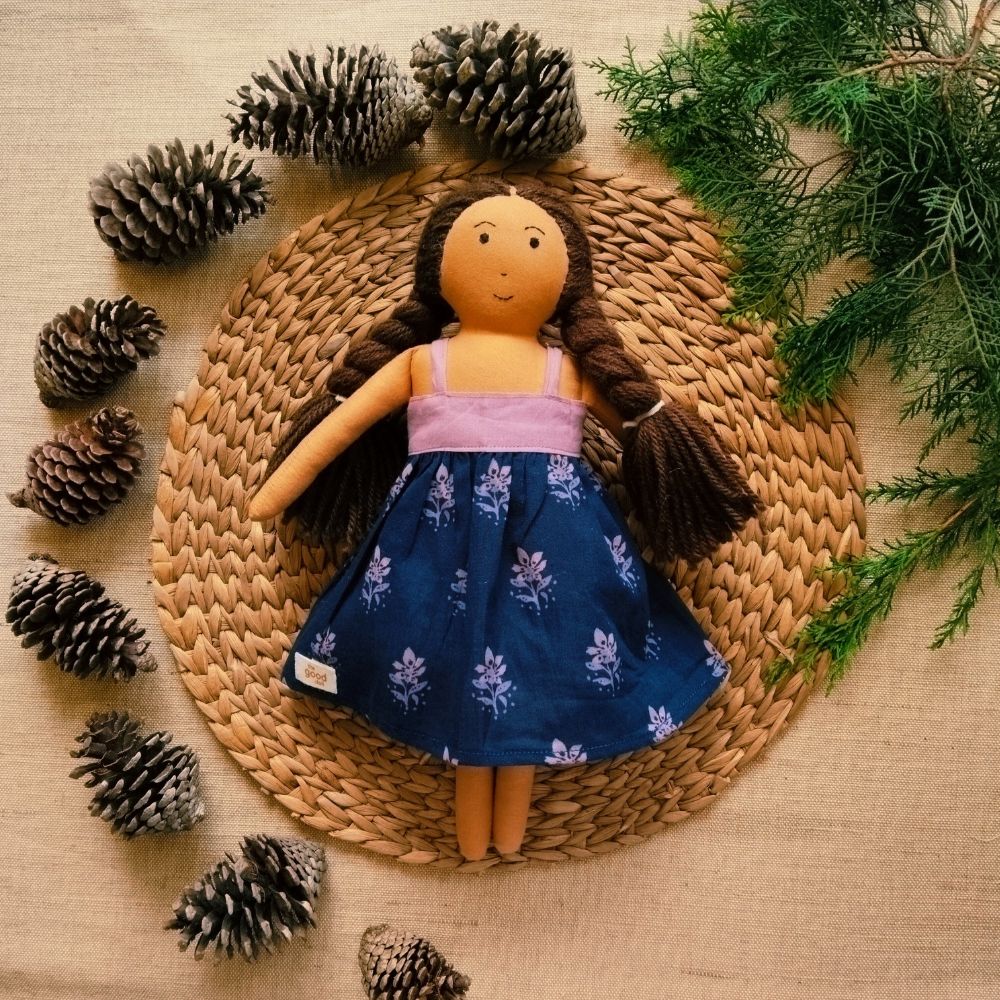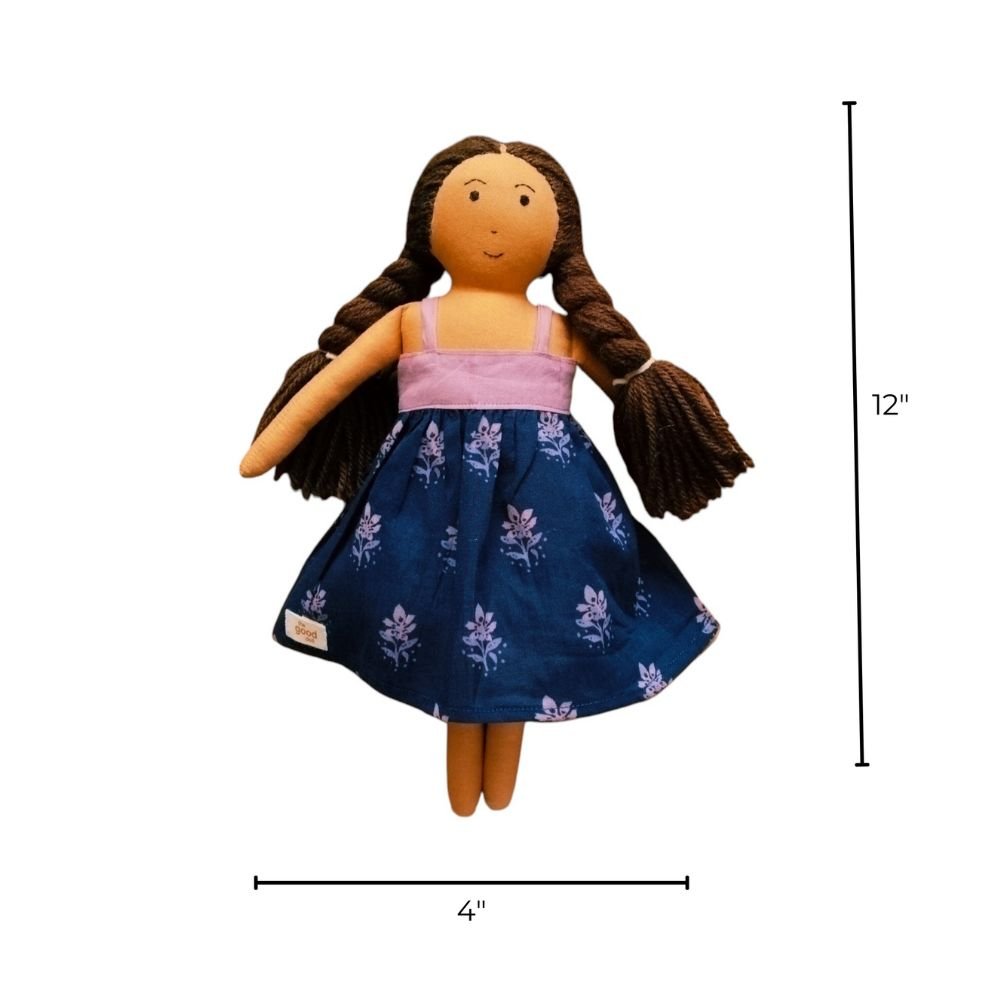Discover sustainable period products with this beginner's guide to eco-friendly menstruation! Learn about menstrual cups, cloth pads, and more with Brown Living.
Before we start to guide you on how to be sustainable ‘during that time of the month let’s understand what the term Sustainable Menstruation means! Products used during menstruation that are eco-friendly & help to reduce solid waste refers to as Sustainable Menstruation. The term “sustainable menstruation” encompasses menstrual management practices that are healthy and leave little or no impact on the environment.
And, the menstruation cycle where plastic products are used is known to be the Plastic Period. The plastic period is as much about how those products are affecting the environment as it is about how it’s affecting YOU!
Why should You Switch to Sustainable Sanitary Care?
A menstruator uses 16,000 pads in their entire menstrual life to manage periods. Each pad has polymers equivalent to 4 plastic bags and takes 600-800 years to decompose.
Vaginal transmission of chemicals is 15 times higher and more likely to enter directly into your bloodstream than orally. Given this, the likelihood of our bodies absorbing toxic plastic vaginally while we use pads or tampons to manage our period is very high.
Switching to menstrual cups reduces your expense of menstrual products. As the average lifespan of a menstrual cup is 7 years. *Math Ninja required here
Sustainable sanitary care is also good for the body as it won’t lead to any kind of rashes & the material is always soft.
Using any of these sustainable period products - menstrual cups & reusable cloth pads will help reduce the wastage created by a menstruator’s cycle.
When to Begin Your Sustainable Menstruation Journey?
At this very second! Just Googling sustainable menstrual products will bring you many options for your sustainable menstruation. One might find blogs that say menstrual cups & reusable cloth pads are the only zero-waste period products. This doesn’t mean that other sustainable period products aren’t eco-friendly. The ‘one-time use & throw’ products generate waste because of which eco-friendly sanitary products do not come under the zero-waste category. But, they are still sustainable as all of it decomposes within a maximum time of 12 months.
Also, there’s no smaller challenge than switching to a sustainable sanitary pad. You just need to type biodegradable sanitary napkins or sustainable pads & shoot, a whole list to scroll! Switching this way is how a beginner should try of. However, taking your own time to make a switch is best appreciated by this proverb ‘better late than never’.
How to Switch to Sustainable Menstruation?
Do you remember the first time you had to use a sanitary napkin? It’s nothing around that unless you use a pad or a tampon & are directly switching to a menstrual cup. We would suggest you take sustainable steps to develop this habit. As the word ‘sustainable’ dictionary meaning itself says able to continue over a period of time. And, we have often seen that taking a leap in our habits usually doesn’t sustain. “Usually” but you can also be that unusual being who stands by the big leap!
Now, as you try to move toward the switch educate yourself with what suits your mind & body the best. Because it’ll be a change to both, the mind & the body. But one given thing around it is that once you take the switch there’s no going back!
What are the Options for Switching to Sustainable Menstruation?
To have an eco-friendly period, you don’t have to eliminate pads and tampons from your period routine; you can mix and match your menstrual products. Use what feels right for your unique body. For now, here are some of your options to reduce your sanitary waste! These are some of the sustainable menstruation products to pick from:
Menstrual Cup: Usually made of silicone, menstrual cups can last up to 12 years. They are safe and easy to use: dump, rinse, and reinsert a cup.
Reusable Cloth Pads: These are thin and flexible, but can absorb more than a regular disposable pad. They can also last up to three-five years. They are safe and easy to use: dump, rinse, and reinsert a cup.
Period Underwear: Many affordable period underwear brands out there can hold three to five teaspoons of menstrual blood. These underwears are absorbent and washable.
Cotton Tampons: These are softer than the normal tampons & can absorb 9 grams of menstrual blood.
Biodegradable sanitary napkins can decompose in six to 12 months. Reusable cloth pads and menstrual underwear can be reused for a year or two. Menstrual cups are made of medical-grade silicone and are reusable for five to 10 years. 100% Cotton tampons take 6 to 12 months to decompose.
Explore sustainable sanitary care options on Brown Living:












































Share:
Know the Plastic Ban or Be the Ban!
Important Days on Sustainability